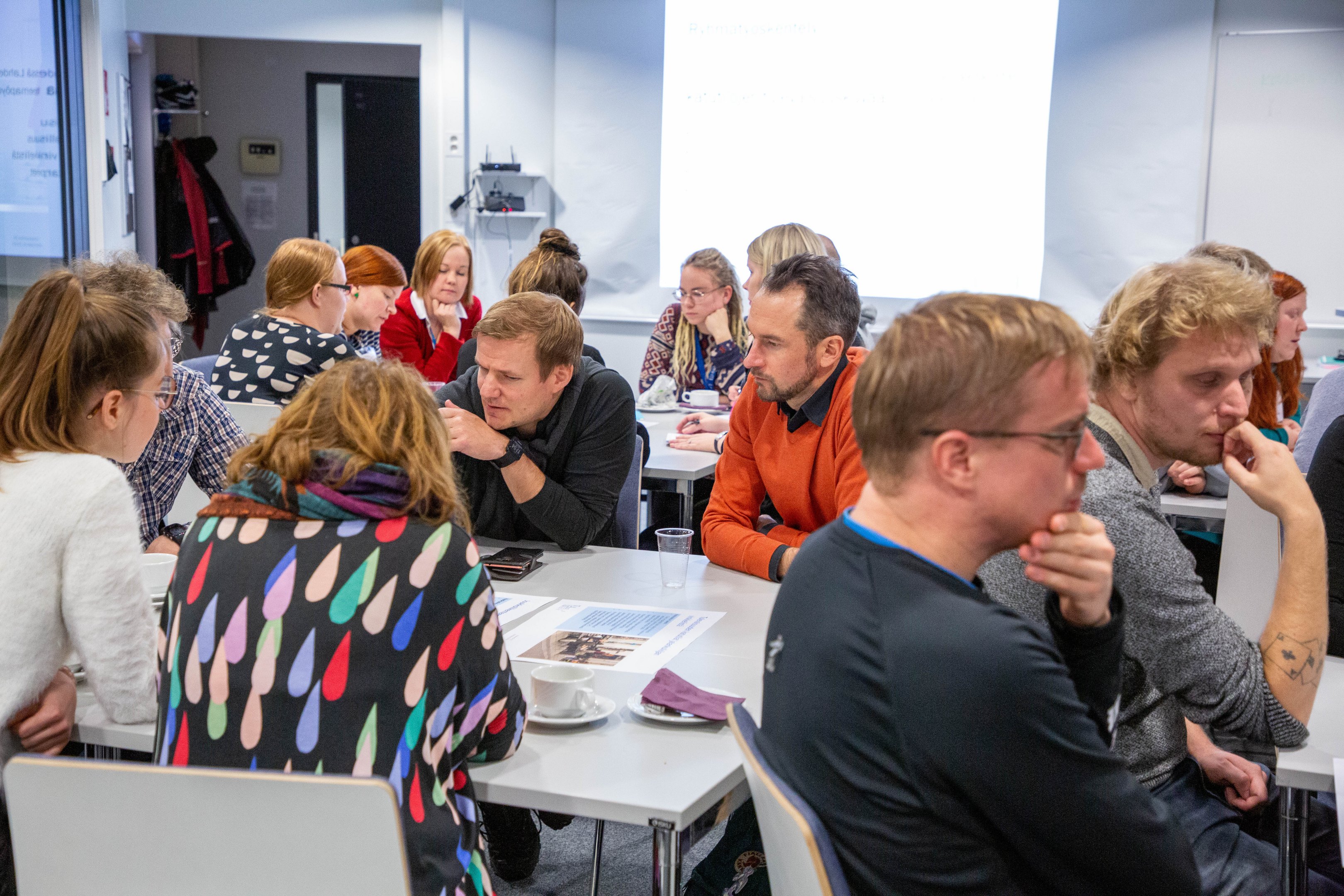Collaboration is key: towards innovative urban mobility strategies

This article is a summary of the second part of the final Mobility Report, jointly written by UIA expert Vanessa Holve, the UIA Secretariat and the above-mentioned cities.
Urbanisation, climate change and pandemics… Cities face challenges in implementing efficient and sustainable mobility options, which meet the real needs of inhabitants. In that context, innovative approaches are also needed to address collaboration challenges in order to bring all mobility stakeholders to contribute to the solutions. Together with the rise of the sharing economy, the past few years have seen a flourishing of urban mobility solutions, which offer greener and more convenient ways to travel (such as shared mobility solutions). Consequently, collaboration between different forms of mobility in cities will be fundamental for creating transport that works effectively for all and represent solutions to the mobility challenges cities face but also challenges in terms of collaboration. Mobility's next generation depends on collaboration. Effective collaboration of cities, users, science and industry should be a central theme in the development of smart mobility systems, technologies and solutions. Publicly owned and operated systems (such as backbone public rail and bus networks) must work in tandem with privately owned and run services (such as shared electric and autonomous vehicles), all of which will utilise new technologies that will need to be developed on the basis of both public and private investment. Another key challenge will be the intelligent integration of business and governance models for new mobility technologies, services and systems to stimulate innovation and to ensure both efficient and equitable access to sustainable mobility.
The 5 UIA cities (Albertslund, Lathi, Ghent, Toulouse, Szeged) have reflected on these challenges they addressed during the implementation of their projects. Three takeaways emanated from these five cities’ contributions on collaboration in mobility management.
Find more about the next steps of the knowledge activity on urban mobility here. A final report on innovative mobility projects will also be produced and disseminated during the Polis Annual Conference (30-2 December 2020). In the meantime, we will further explore behavioral change challenges related to urban mobility together with Interreg Europe Policy Learning Platform on 1 December.
Stay tuned to the UIA #KnowledgeLab and our social media platforms @UIA_Initiative for updates, events and findings.
Learn more about UIA mobility projects and look at CitiCap project video.






